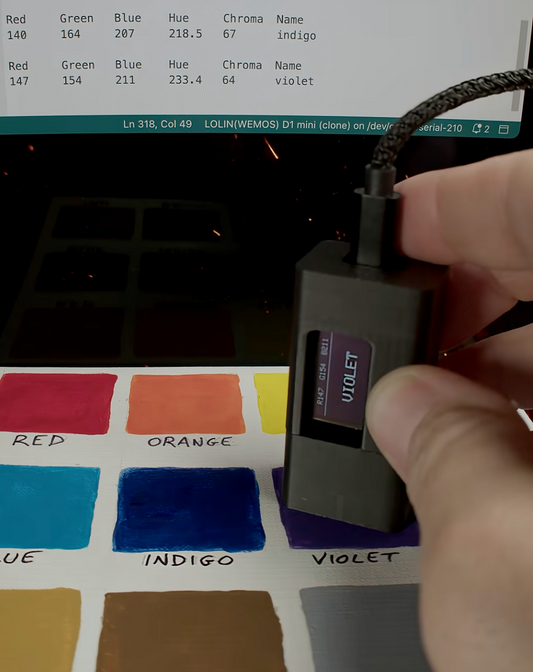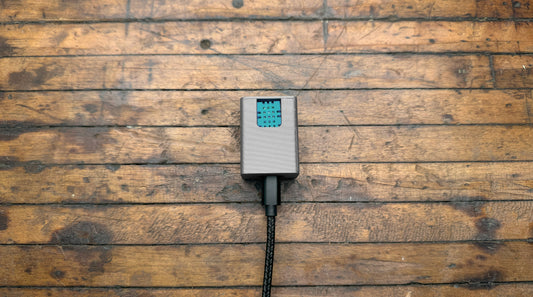For detailed instructions on setting up the "Cheap Yellow Display" visit the Random Nerd Tutorials blog post HERE.
Would you believe this touchscreen escape room lockbox cost less than $30 to build? The key to pulling it off is a quirky little board known as the CYD (Cheap Yellow Display).

The CYD is infamous in maker circles. It’s a low-cost ESP32 development board with a 240x320 touchscreen, WiFi, a speaker output, and a few extras. Dozens of manufacturers produce slightly different versions, and the documentation is often incomplete or flat-out wrong. It’s not exactly a polished product… but it’s cheap, it works (most of the time), and with a little creativity you can squeeze surprising value out of it.

Why a Lockbox?
For me, the fun of the CYD is figuring out what it does well. And because it has a touchscreen, it’s perfect for puzzles. Instead of a fixed keypad, the screen can become anything I want... a number pad, a keyboard, shapes, or even logic puzzles. That flexibility makes it ideal for escape rooms or DIY puzzle boxes.

In this project, I used the CYD as a touchscreen keypad to unlock a solenoid lock. Tap in the right code and the box opens. Simple idea, but with a ton of room for expansion.
How It Works
Power: A buck converter steps the 12V supply down to 5V to run the ESP32 and touchscreen.
Control: When the correct code is entered, the ESP32 sends a gate signal to a MOSFET module.
Lock: The MOSFET switches the full 12V to the solenoid, releasing the lock.
Protection: I added a flyback diode across the MOSFET output to handle the solenoid’s kickback and protect the circuit.

Features & Options
Touchscreen Keypad – right now it’s just numbers, but I can make it letters, shapes, or even multi-stage puzzles.
WiFi Control – the ESP32 hosts a simple web interface, so I can change the passcode or unlock the box remotely.
Audio Feedback – success and failure tones make it feel interactive and satisfying.
Logs – every unlock attempt gets recorded, so you can see what’s happening in real time.

This project is simple enough for beginners but has endless room to grow. You could build an escape room prop, a puzzle safe, or even use it as a teaching tool for programming and electronics. The touchscreen makes it flexible, and the low price point keeps it accessible.
The CYD isn’t perfect. It’s buggy, under-documented, and every batch has its quirks. But that’s part of the fun... figuring out how to make the most of a cheap piece of hardware and turning it into something unique.
I plan to experiment with different puzzle types, starting with shape sequence challenges (like IQ test patterns). The idea is that you’d need to solve three in a row to unlock the box. Because the puzzles are randomly generated, it’s never the same twice.





